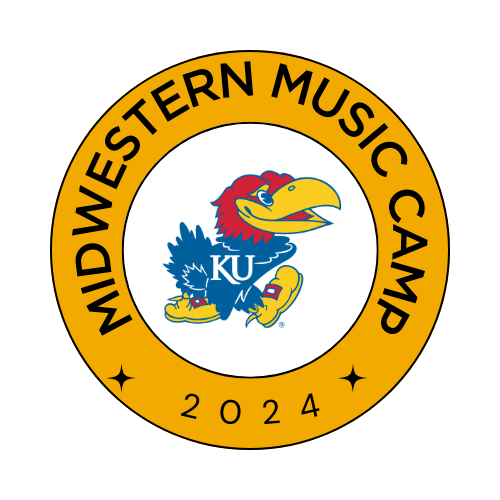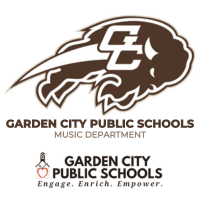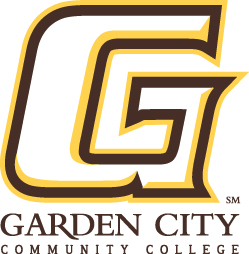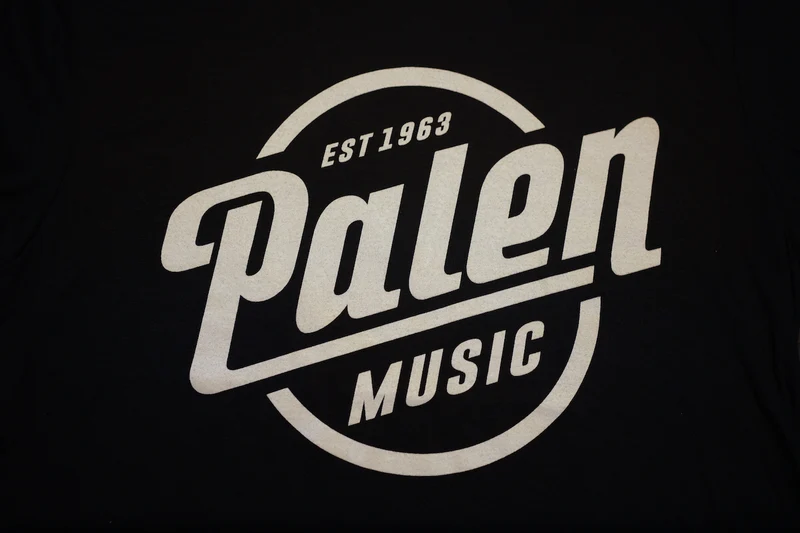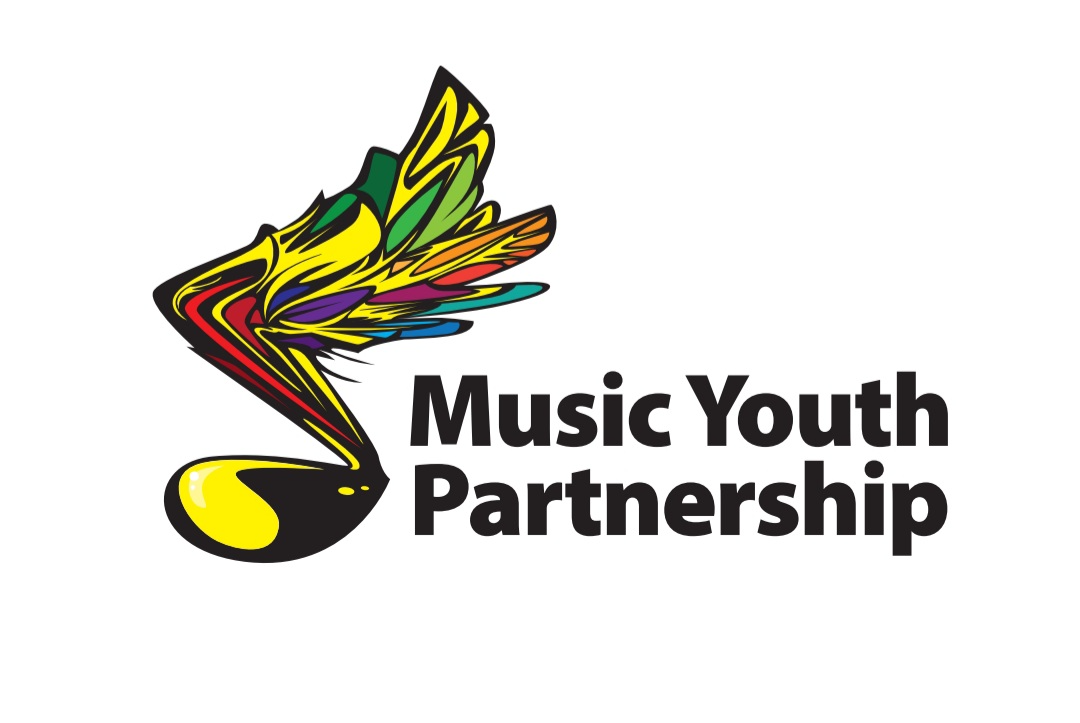
Reprinted with permission from the Kentucky Bluegrass Music News.
I recently spoke with a leader from a national arts advocacy organization who told me, “I don’t care about the accuracy or validity of advocacy research, I only care if we can use the research to our benefit.” I was, and remain, dumbfounded that a complete disregard for integrity in our advocacy efforts was part of the playbook for creating a national advocacy movement. We shouldn’t be surprised, I suppose, that music advocacy efforts in our Washington, D.C., reflect the political cultural climate of that city in general, where our leaders develop policy, campaign, and are bogged down in controversy, invective, and increasingly ineffective battles for power. At the end of the day, it seems that winning is more important than being thoughtful, careful, intentional, and strategic in what we do.
In past decades, advocacy efforts in music have been varied and, at times, fruitless. We’ve seen arguments about the importance of studying the aesthetics of music as an art form and the intrinsic value of arts study fall on the ears of political and business leaders, who are more focused on topics like Return on Investment, Profit Margin, and so on. At the same time, America was theoretically losing its competitive edge on the international marketplace, and therefore our educational efforts should focus more on core subjects, which are widely considered as mathematics, reading/literacy, and the sciences. Unless there was a direct link between the arts and those subjects, the arts were seemingly unimportant. So, as a result, researchers looked for possible links between the arts and other subject areas, trying, in vain, to establish a causal link between music education and higher achievement in other subject areas. At best, we were able to find strong correlations between participation in music education and higher achievement in those other subjects. But, the correlation was just as easily (and perhaps more accurately) explained by socio-economics than by music education. And, in general, that’s what we see: students who come from higher socio-economic backgrounds do better in school.
More recently, researchers have begun to look at the brain in more depth, developing a broader and more thorough understanding of how the brain process information, learns, and responds. Indeed, this line of research has revealed a great amount of information about how neural networks (the complex interconnectedness between neurons and the pathways that are developed, which relate to specific cognitive functions) are created and in general work. The findings have important meaning for music educators.
- Brain research reveals that there are dedicated portions of the brain directly responsible for artistic, musical functions. We see, for example, specific locations of the brain related to processing harmony, rhythm, and musical sensitivity. Implication for music advocacy––When we don’t train these parts of the brain, we rob students of the ability to maximize their cognitive, developmental, artistic, and creative potential.
- Further, when we make new neural pathways, dopamine—the chemical that reinforces and strengthens the myelin sheath that insulates the neural axon—also provides us with a greater sense of well-being and personal satisfaction. It’s a double-benefit!
- In addition, the portions of the brain dedicated to musical activities also connect to other important human functions, such as physical movement, imagination, processing of emotions, linguistic understanding (in the case of vocal music), and mathematical understanding (when we focus on elements of music such as rhythm, harmony, intervals, and so on, from a theoretical/analytical point of view). Implication for music advocacy––music-making engages of the brain than any other single human activity. When we are making music—especially engaging in advanced forms of music-making, such as improvisation—we are closer to maximizing our human potential than with other, less complex activities.
- Early music-making experiences create more complex neural pathways. We’ve seen the evidence that children who engage in music-making experiences in early childhood have neural networks that are more complex and more highly integrated with other cognitive functions. Implication for music advocacy—early music-making experiences allow the brain to develop a comprehensive neural network at an early age. This provides the foundation from which future growth in all cognitive areas can be developed. In other words, music-making may be the highest form of cognitive activity and can serve as the means to access more of the brain (and thus maximize our potential) than anything else. This places priority on early, frequent, and intentional music education for students.
- Early and comprehensive music-making experiences are engrained in the long-term memory of the brain. As humans age, we lose short-term memory, but the complex neural networks developed at an early age remain. This helps in recovery from serious illnesses such as stroke, epilepsy, brain trauma, and other issues. Implications for music advocacy—we improve the long-term health prognosis for future generations.
- In addition, engaging in regular music-making activities—at any age—promotes significant improvements in general health, including better stress management, emotional and mental health, lowered blood pressure, and a general sense of well-being. This is the dopamine effect mentioned above. Implications for music advocacy—in an increasingly stressful society, music provides a safe, creative, beneficial, community-building, and culture-creating alternative to other less beneficial activities, such as drug use, alcohol abuse, and so on.
- For parents and students alike, these data help us understand the role of a music education even at the college level. It’s no longer just about the music major for the purposes of becoming a professional musician, but about becoming a music major in order to maximize your opportunities in any field beyond college. Successful music majors at my university have gone on intentionally to careers in business and management, consulting, law, and health care, among many others. Unfortunately, we are far too focused on narrow-minded and ill-informed reports with sensational headlines like “the ten worst majors in college.” When we see what music does for children, we recognize that absence of a comprehensive music program does more harm than good, by far. One recent music major at a Midwestern university recently shared with me that she did not yet know whether she would pursue music beyond her undergraduate studies, but that she wasn’t worried because she knew she was extremely employable because she knew how to think, solve problems, work hard, and maintain a positive and balanced healthy lifestyle.
Looking at the benefits of music education from this point, we see that the benefits and value of music in and of itself are sufficient to warrant its inclusion in the curriculum. It is a long-term health issue, especially in an age when we are increasingly concerned about aging populations with growing levels of significant health problems.
How does this address the economic argument?
First, healthier human beings are more productive—each of the six points listed above has positive benefits not only for the business world, but also for our culture as a whole. Our communities are better when they are creative, artistic, and have healthier, more balanced individuals.
Second, we see that the arts provide a greater economic benefit to communities than might be expected. In Pittsburgh, Pennsylvania, groups like the Pittsburgh Cultural Trust and the Pittsburgh Downtown Partnership developed a long-term vision for the city’s recovery from the collapse of the steel industry that focused on the arts. Investments in the city’s cultural organizations—such as the Pittsburgh Symphony Orchestra, the Pittsburgh Opera and Ballet, and several theaters—resulted in a rebirth of parts of the city that had fallen into decline. Areas that were once home to derelict buildings, porn shops, strip joints, bars, and slums are now home to art galleries, outstanding restaurants, and new apartments in renovated buildings. Rather than focusing simply on bringing business to downtown (early efforts to do so had not been successful) or simply building on the city’s strong sports tradition, the strategy was to reinvigorate the cultural life of the city, which then makes the city itself more attractive to businesses, who often have employees that are looking for a richer cultural experience and environment for their families. Nearly half of the city’s current residential units were built between 2000 and 2014. While businesses are still needed downtown, the focus on residential construction (or, rather, reconstruction of the city’s amazing historic buildings) and a strong cultural life have created an environment in which new businesses can thrive.
Next, a demand for increased cultural opportunities brings greater investment into the city. The Pittsburgh Cultural Trust took upon itself to lead the revitalization of a 14-block arts and entertainment/residential neighborhood, which is now called the Cultural District. The creation of the cultural district, which is thoughtfully and carefully overseen by the PCT, provides a national model for urban redevelopment. Other by-products of this include reduced crime, a return of a vibrant urban life, reinvestment in education (the Pittsburgh City Schools are now adding greater music and arts offerings into their curriculum), and a lifestyle that is, in general, more artistic and healthier. In fact, Pittsburgh was chosen as the site for the 2009 G20 summit because of the city’s remarkable recovery from economic difficulties and its renaissance as a cultural, business, educational, medical, and technological growth.
Finally, this arts-focused, culturally-rich urban redevelopment focused not only on music, but on all visual and performing arts, including beautiful parks, sculpture gardens, and other green spaces in downtown. The city has experienced an environmental renaissance once thought impossible because of the city’s smoke-filled, steel-based past.
In sum…seeing the arts as the center of our life, rather than as an ancillary and nice bauble to place alongside our science and math programs, may do more to improve our society and economy than any national efforts at improving math and literacy, or an overemphasis on a core curriculum that ignores the findings of medical and psychological research and best practices in urban development and business growth. In Pittsburgh, the arts co-exist in a beautiful mutually-beneficial relationship with the city’s growing industry and businesses in areas like advanced manufacturing, financial services, information and communications technologies, health care and life sciences, education and research, and energy and environmental solutions. It’s not just a sports and steel town anymore.
With this in mind, I want to encourage our school and civic leaders to focus on the arts as a strategic towards rebuilding our nation in areas where we’ve lost ground and where we’ve mistakenly focused on the wrong things for far too long.







